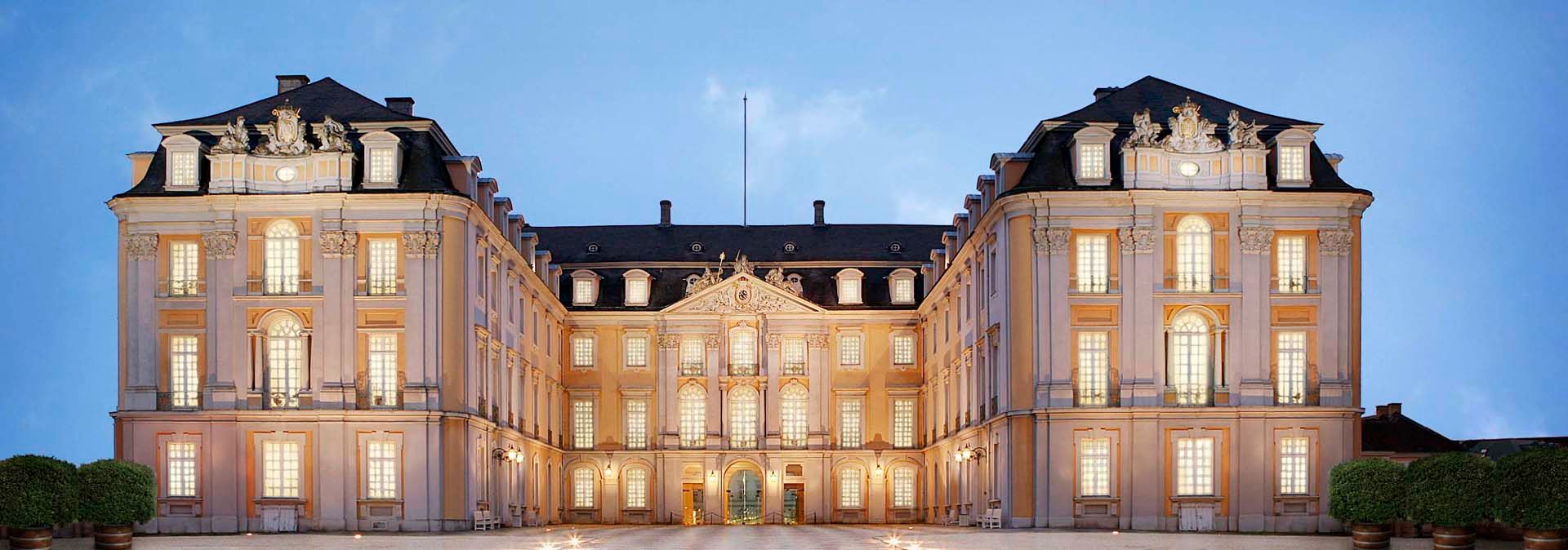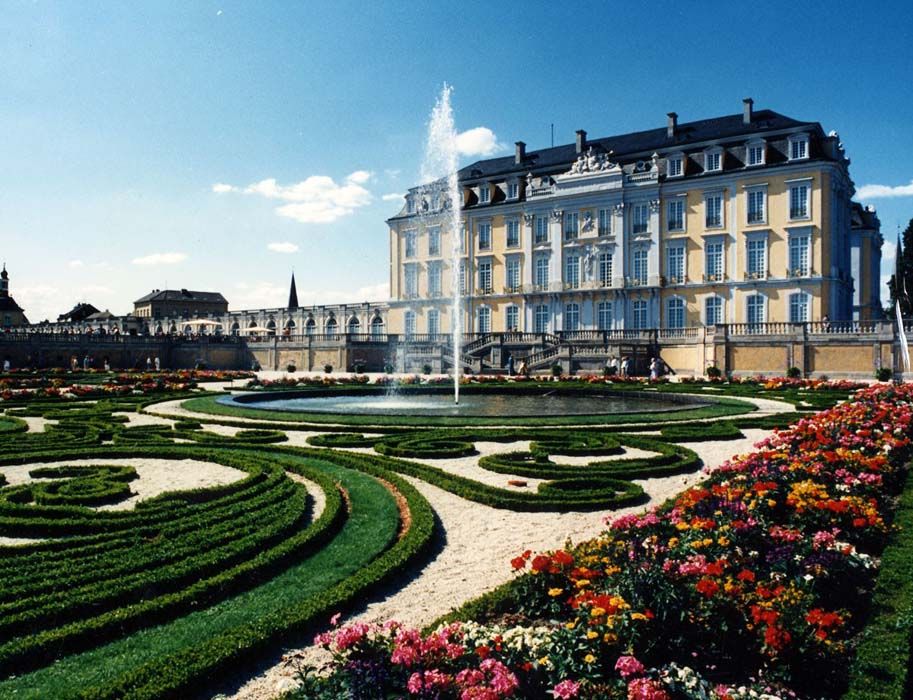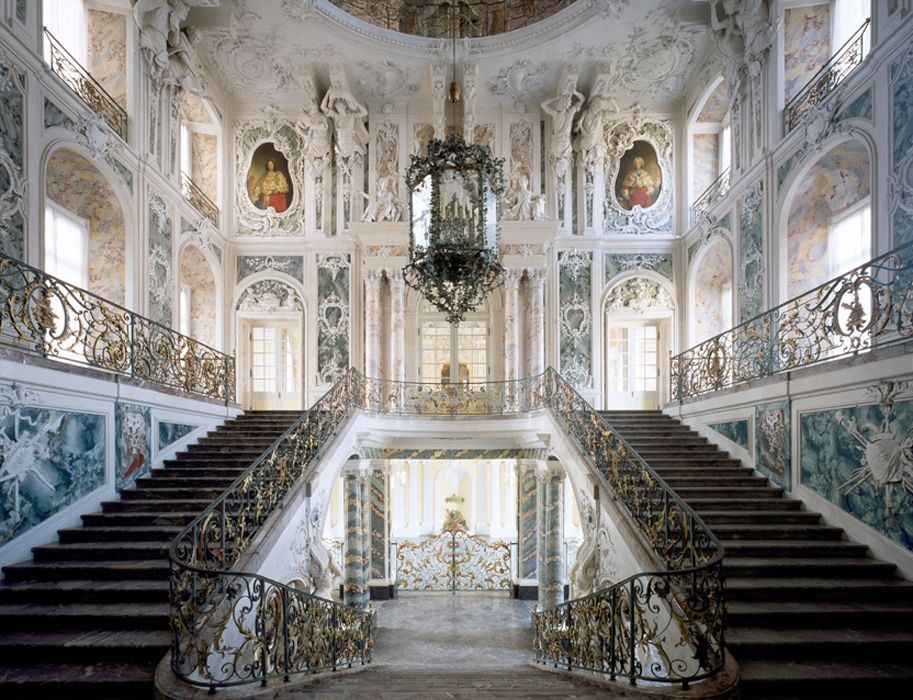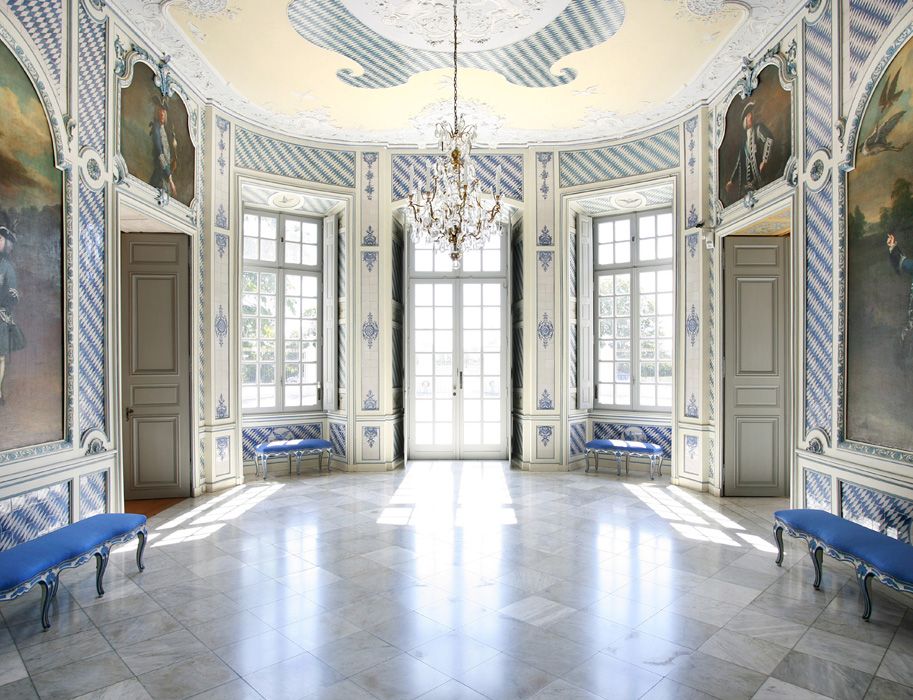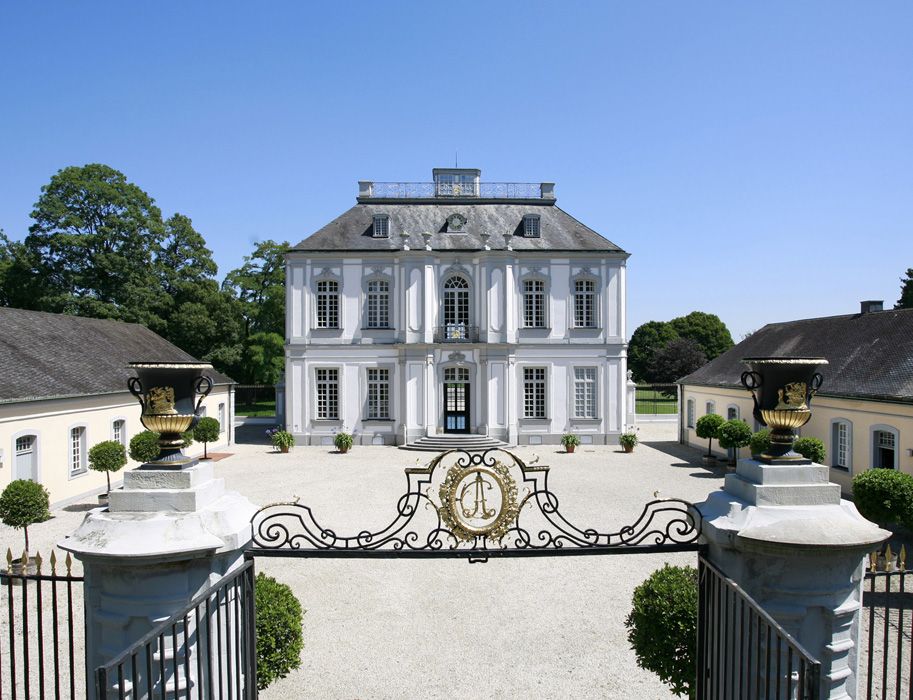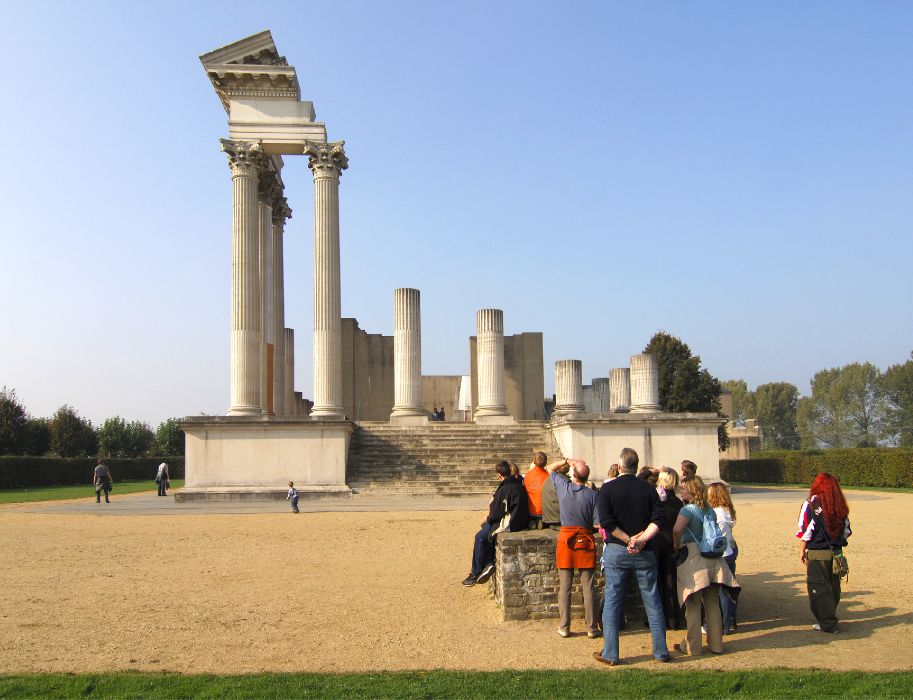The baroque splendor of the Brühl palaces almost takes visitors' breath away. Anyone standing in the stairwell will understand why other royal courts once looked enviously towards Brühl. Today, both buildings, together with the gardens and parks, are listed as UNESCO World Heritage Sites.
The Augustusburg and Falkenlust palaces in Brühl are among the most important Baroque and Rococo buildings in Germany and were the model for numerous German royal courts. The associated palace park is a monument to garden art of international standing. Large sections were designed by the French garden artist Dominique Girard, who completed his training in Versailles and also designed the gardens of Nymphenburg and the Upper Belvedere in Vienna. From 1842, Peter Joseph Lenné designed the Brühl park as an English landscape garden, elements of which still characterize the wooded area today.
History of the palaces
The palaces in the Rhine-Erft district near Cologne date back to Clemens August of the House of Wittelsbach, the Elector and Archbishop of Cologne. In 1725, he gave the order to build him a summer residence - Augustusburg Castle, named after him. Four years later, he commissioned the construction of his hunting lodge Falkenlust, which was to serve as his falconry lodge and private retreat. The two palaces are connected by an avenue in the extensive palace park.
From 1949, Augustusburg Palace was used for a long time as a representative palace for the Federal President and the Federal Government. Among others, the Federal Presidents received famous state guests such as Queen Elizabeth II, Mikhail Gorbachev, Nelson Mandela and Pope John Paul II here. Today, Augustusburg Palace and Falkenlust Hunting Lodge are open to the public as a museum.
The magnificent staircase in Augustusburg Palace, designed by Balthasar Neumann, is particularly impressive. Every summer, a series of classical and baroque concerts take place here. Germany's first and only Haydn Festival is also on the program in summer. Other highlights in the castle include the "Yellow Apartment", a private residence of the elector in early rococo style. In Falklenlust Palace, the fully preserved cabinets are particularly worth seeing, including the "Indian Lacquer Cabinet", whose wall is covered with East Asian lacquer panels, and the Mirror Cabinet with its carvings.
In 1984, the two Brühl palaces, together with their gardens and parks, were added to the list of UNESCO World Heritage Sites. Visitors can choose between many different themed tours. Among other things, there are tours on princely living culture, anecdotes or baroque dining pleasures.
